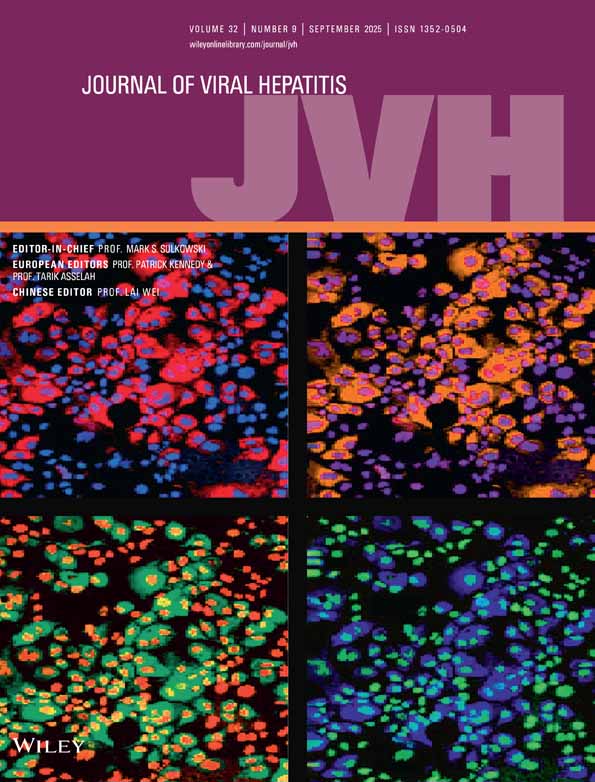A comparative trial of two surface subunit recombinant hepatitis B vaccines vs a surface and PreS subunit vaccine for immunization of healthy adults
Abstract
Hepatitis B virus (HBV) infection is the leading cause of chronic hepatitis and cirrhosis in Turkey. The prevalence of hepatitis B surface antigen (HBsAg) positivity in Turkey is 5 to 10%. HBV is almost completely preventable with the use of hepatitis B vaccines. The most commonly used vaccine is that which contains the predominant viral surface (S) polypeptide. It elicits protective antibodies in greater than 90% of healthy subjects. A vaccine containing the PreS1 and PreS2 antigenic domains has recently been reported as being more efficient in achieving successful immunization in individuals who have not previously responded to the isolated S-antigen vaccine. In this study, the efficacy of a S and PreS-containing vaccine was compared with that of two different standard isolated S-antigen-containing vaccines in terms of the immunization protection produced against HBV in normal healthy adults who had not previously been immunized. Seventy-six young adults (aged 17–22) were randomly assigned to receive 1ml (20μg) of either one of two standard S-subunit recombinant hepatitis B vaccines (Engerix B, or Hepavax) or the combined S and PreS subunit vaccine (Gen Hevac B) intramuscularly in the deltoid muscle at 0, 1 and 2 months. Hepatitis B surface antigen antibody titres were measured at 1, 2 and 12 months. A titre ≥10IUml–1 was considered to be protective. All subjects receiving the two standard isolated S-antigen-containing vaccines responded to the vaccination with reasonable antibody titres. One-half to two-thirds of those vaccinated developed high antibody titres (>100IUml–1). In contrast, 9% of those receiving the combined PreS1 and PreS2 plus S antigens failed to respond, as demonstrated by antibody titres below the level considered to be protective. The mean titres at 12 months were 107±12IUml–1 (Engerix B), 102±12IUml–1 (Gen Hevac B) and 117±12IUml–1 (Hepavax Gene). Hence, no important difference in term of response to vaccination was found between the two different types of vaccines. As recombinant S-subunit vaccines are less expensive than those that combine S and PreS antigens, it is suggested that, when immunizing normal healthy adults, a standard isolated S-antigen-containing vaccine should be used.




